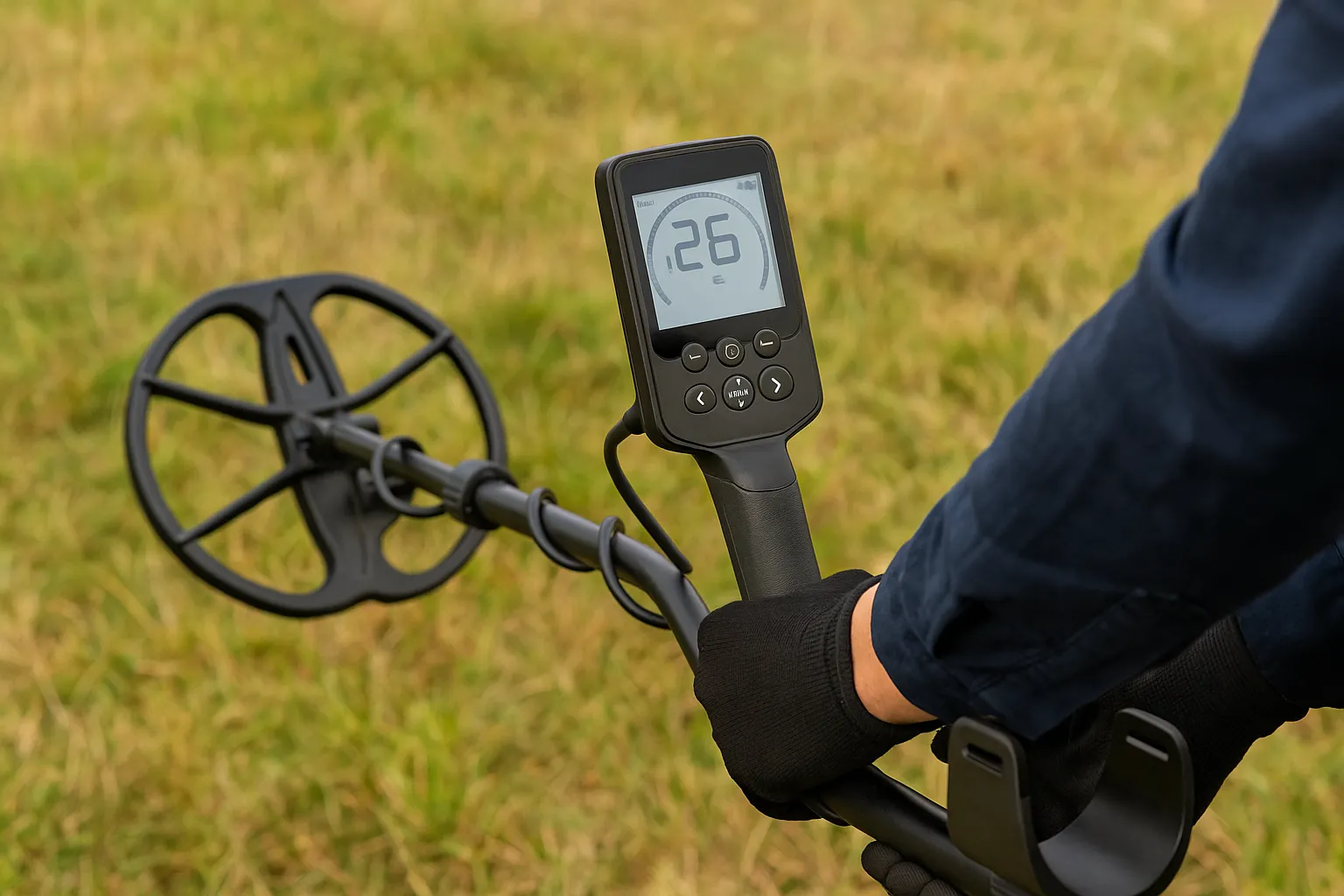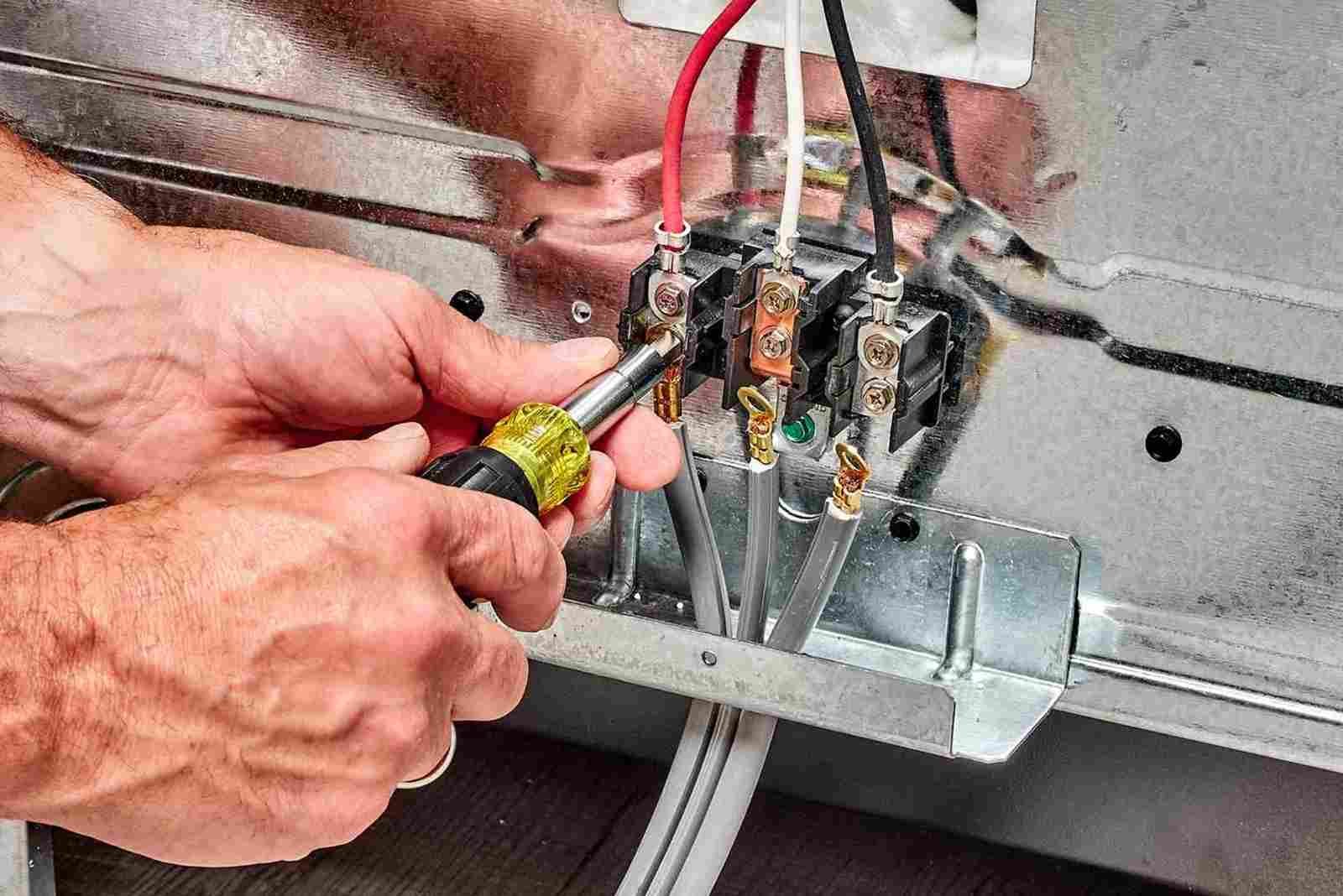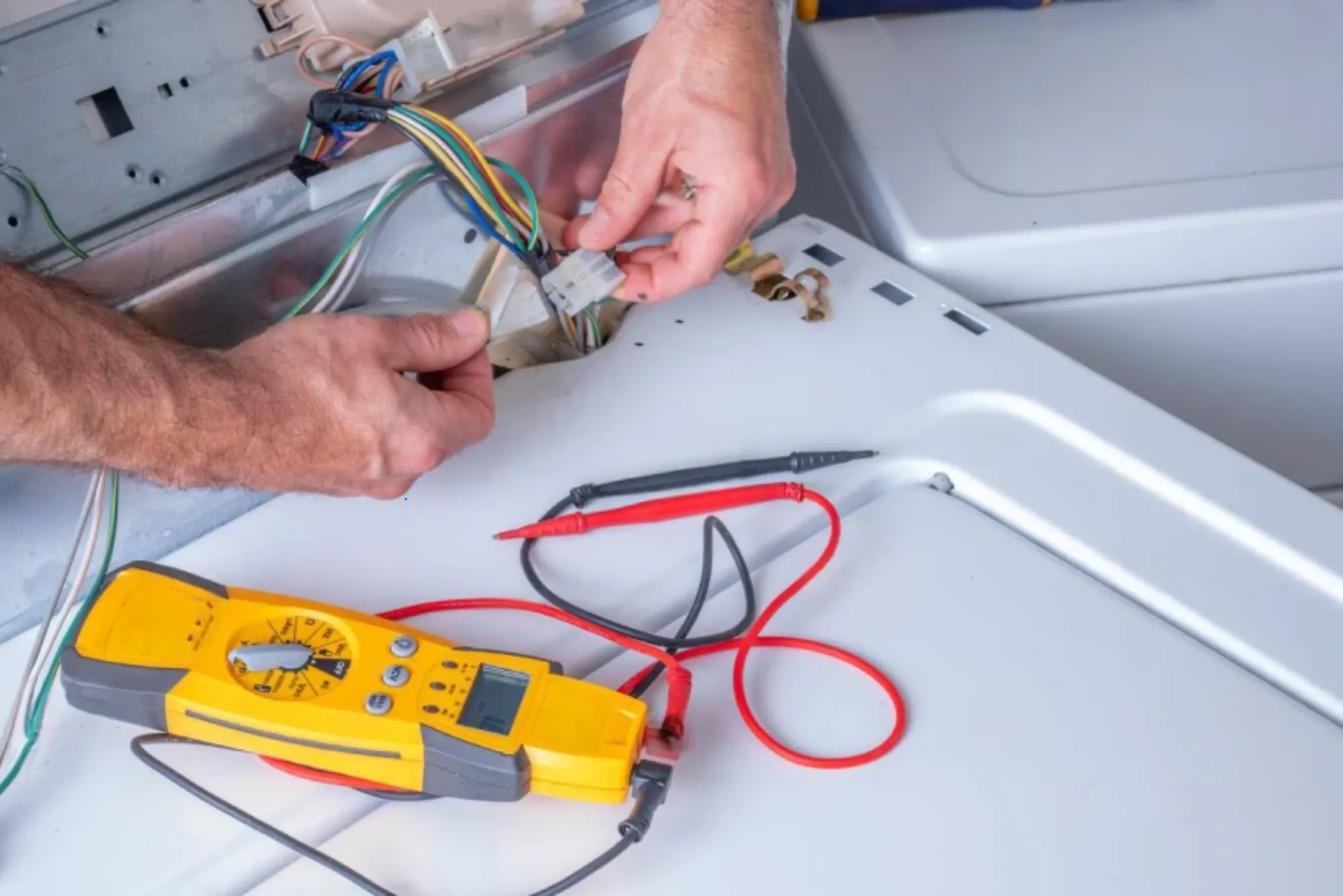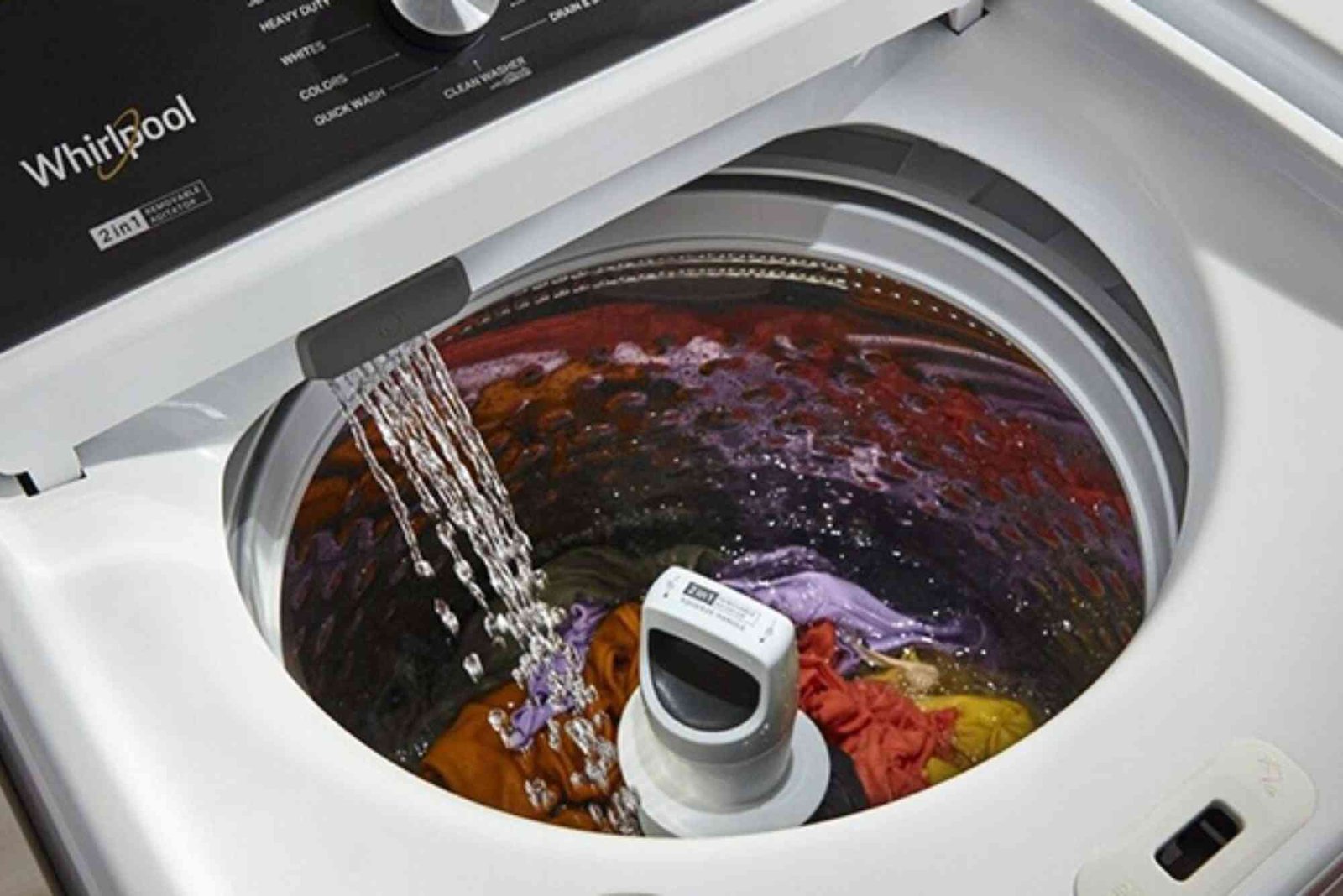Gold prospecting has always been about innovation. From the earliest pans used in rivers to today’s high-tech devices, every advancement has brought prospectors closer to uncovering precious finds. One of the most exciting developments in recent years is the rise of multi-frequency detectors. These machines promise to take gold hunting to a new level, and many in the prospecting community are asking whether they represent the future of the industry.
The Limitations of Traditional Detectors
Traditional single-frequency detectors have long been a mainstay for hobbyists and professionals alike. While reliable, they operate at one frequency at a time, which often means making trade-offs. Low frequencies penetrate deeper into the ground but may miss smaller gold nuggets. Higher frequencies are excellent for small targets but lack depth when it comes to larger, deeper deposits. This limitation has forced prospectors to choose between machines or settings, often leaving them wondering whether they might have missed something valuable beneath the soil.
This is where modern innovations, such as the gold detector machine, are stepping in. By offering advanced features and multi-frequency capabilities, these tools provide greater flexibility and increase the chances of success in diverse environments.
How Multi-Frequency Technology Works
Multi-frequency detectors transmit and receive signals at multiple frequencies simultaneously. Instead of being restricted to one band, these detectors cover a wide range of depths and target sizes in a single sweep. This means prospectors no longer need to compromise between detecting fine gold dust near the surface and larger nuggets buried deep underground.
The biggest advantage is versatility. Whether you’re prospecting in mineralized soil, sandy deserts, or rocky terrain, multi-frequency detectors can adapt to the conditions, reducing ground noise and improving accuracy. This adaptability is particularly valuable in gold-rich regions where soil composition can vary dramatically from one spot to another.
Why Prospectors Are Excited
What excites prospectors most about multi-frequency detectors is the combination of speed, accuracy, and confidence they bring. A single pass with a multi-frequency device can provide the kind of coverage that previously required multiple detectors or repeated sweeps with different settings. This efficiency not only saves time but also maximizes the chances of finding gold in areas that would have been considered “worked out” with older machines.
Another reason for the enthusiasm is their ability to handle highly mineralized soils. These environments often confuse single-frequency detectors, leading to false signals and frustration. Multi-frequency machines, on the other hand, filter through the noise more effectively, allowing prospectors to distinguish between genuine targets and ground minerals.
Real-World Applications
In practice, multi-frequency detectors are proving to be game-changers. For example, hobbyists exploring riverbanks for small flakes and professionals searching deep desert ground for larger nuggets can now use the same machine. The technology offers broader flexibility, eliminating the need to carry multiple devices for different terrains.
Additionally, as the cost of these machines becomes more accessible, even beginner prospectors can take advantage of cutting-edge technology that was once reserved for professionals. This democratization of tools is expected to increase interest in gold prospecting globally.
The Future of Gold Prospecting
So, will multi-frequency detectors completely replace traditional devices? The answer is likely yes, but gradually. Traditional single-frequency detectors will continue to have their place, especially for beginners on a budget. However, as technology advances and prices come down, multi-frequency detectors are poised to become the standard.
Their ability to combine precision with depth, handle diverse soil conditions, and save time for prospectors makes them the logical next step. In a field where efficiency and accuracy often determine success, multi-frequency detectors are not just a passing trend—they are shaping up to be the future of gold prospecting.
Final Thoughts
The journey of gold detection has always been one of evolution, and multi-frequency technology is the latest chapter in this story. While older detectors will remain useful, the undeniable advantages of multi-frequency devices position them as the preferred choice for serious prospectors in the coming decade.
As more prospectors experience the benefits firsthand, the shift toward this new standard will only accelerate. For anyone passionate about finding gold, investing in a multi-frequency detector today may very well mean staying ahead of the curve tomorrow.















